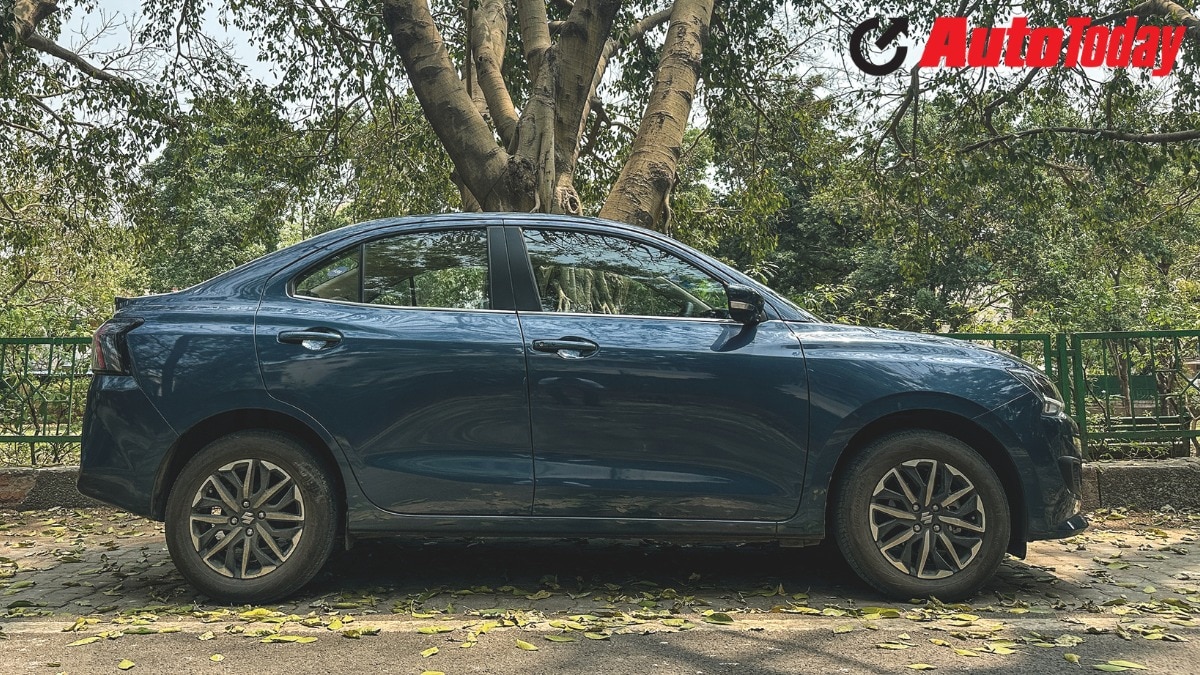Nearly two decades ago, in 2006, as part of the Union Budget, India introduced what would become one of the most defining and debated policies in its automotive history: the sub-4 metre rule. The idea was simple yet ambitious to encourage the production and purchase of small, fuel-efficient cars that would help reduce congestion.
To nudge both manufacturers and customers in that direction, the government offered a significant incentive: lower tax for compact cars under four metres in length with petrol engines below 1,200cc or diesel engines below 1,500cc. Over time, this translated into a major tax benefit. Today, sub-4 metre cars attract 18% GST, while larger cars are taxed at 40%.
advertisement
At first glance, it seemed like a good policy. Car buyers benefited from affordable pricing, manufacturers enjoyed higher profit margins, and the market
Continue Reading on India Today
This preview shows approximately 15% of the article. Read the full story on the publisher's website to support quality journalism.
